Analysis of Retail Industries: Australia vs. China - University
VerifiedAdded on 2023/06/04
|8
|670
|313
Presentation
AI Summary
This presentation provides a comparative analysis of the retail industries in Australia and China, highlighting key differences, opportunities, and threats. It begins with an overview of the Australian retail industry, noting consumer purchasing habits across various sectors such as department stores, home wares, and digital downloads. The presentation then delves into China's vibrant retail sector, attributing its strength to a robust economy, advanced infrastructure, high internet usage, and the rise of social commerce. The analysis includes data on retail sales growth in both urban and rural areas of China, with a focus on catering services and online retail. The presentation concludes by referencing academic sources, offering a concise yet comprehensive comparison of the retail landscapes in Australia and China. Desklib provides students access to solved assignments and past papers.
1 out of 8


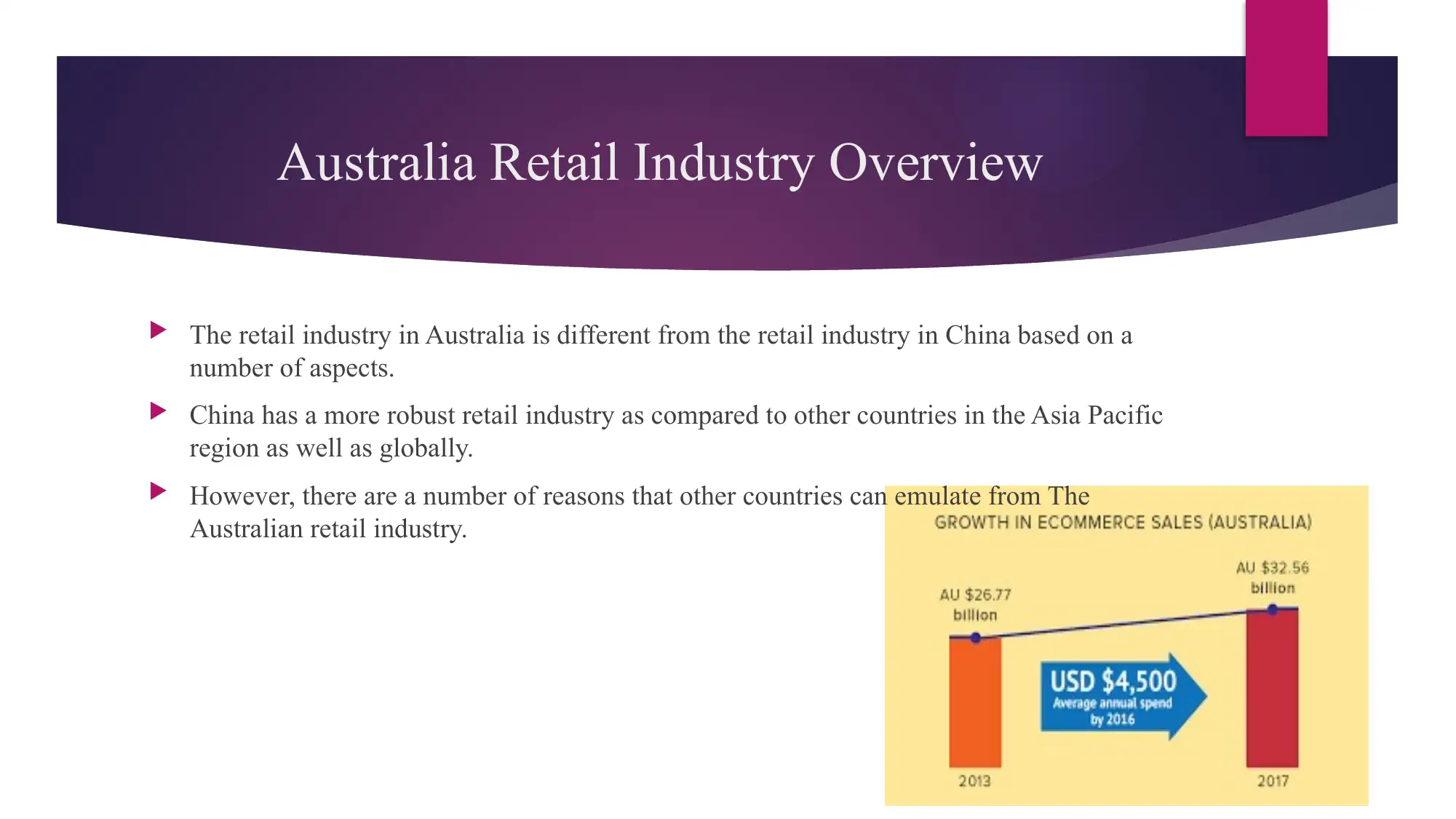

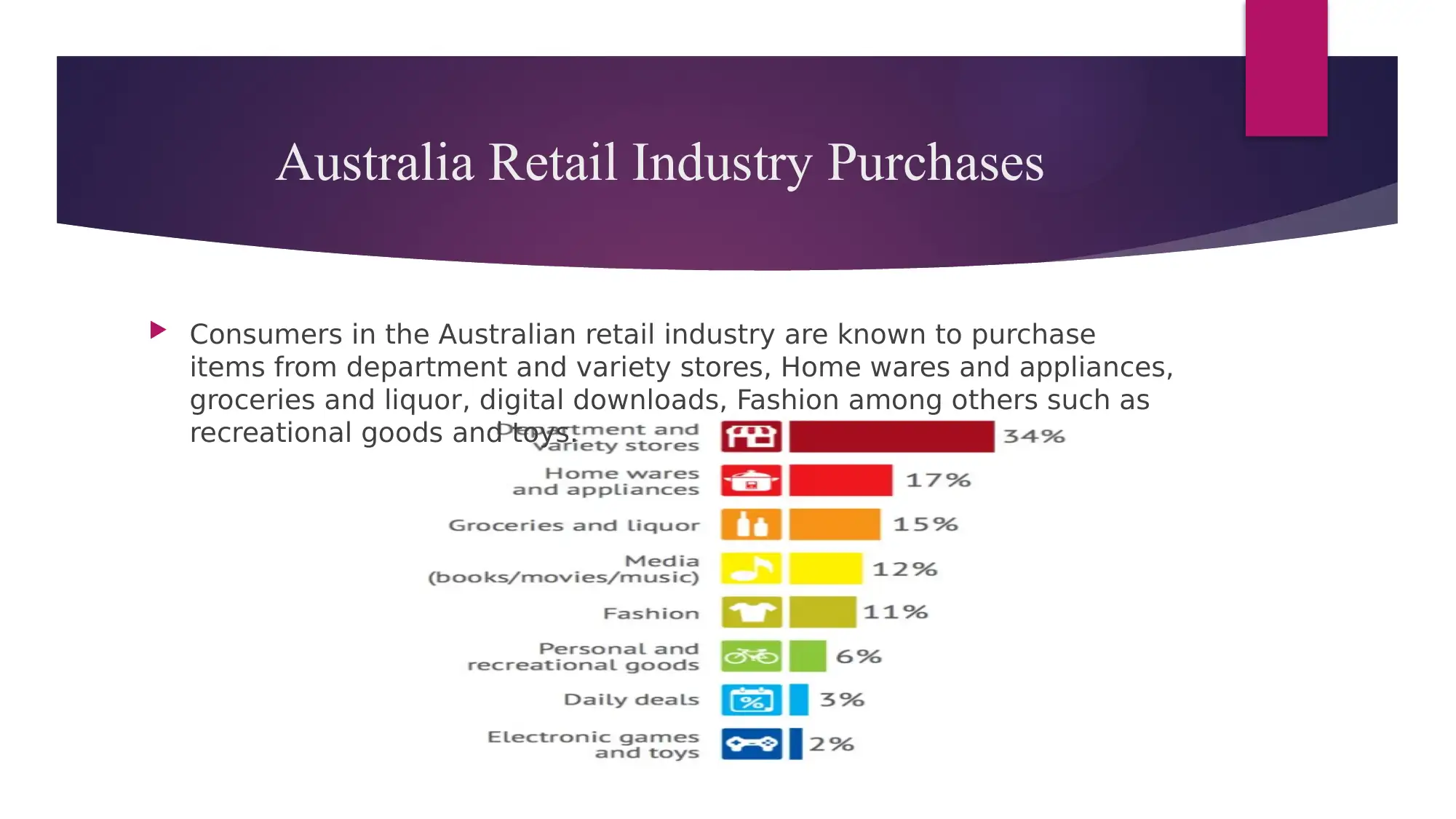
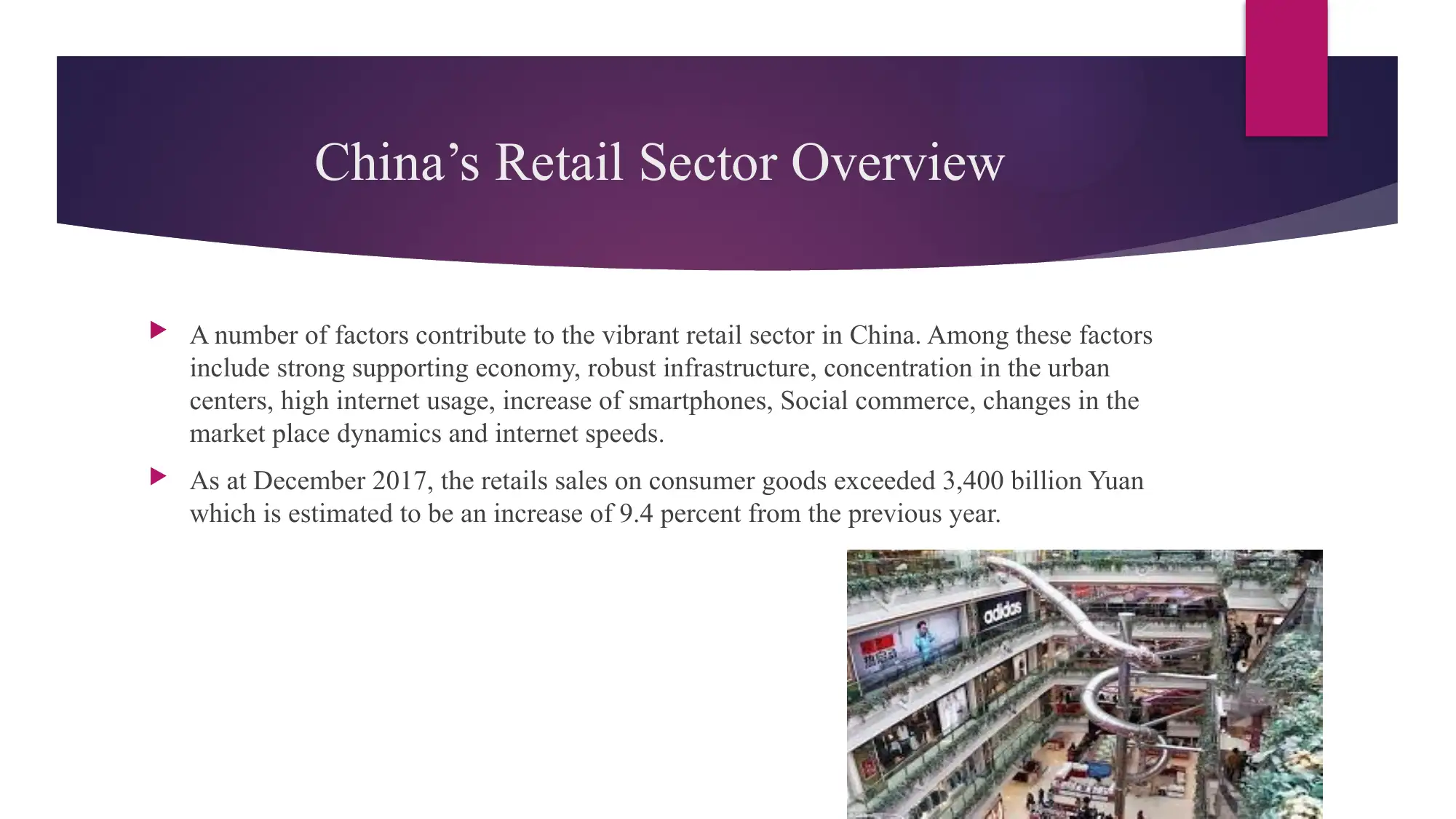
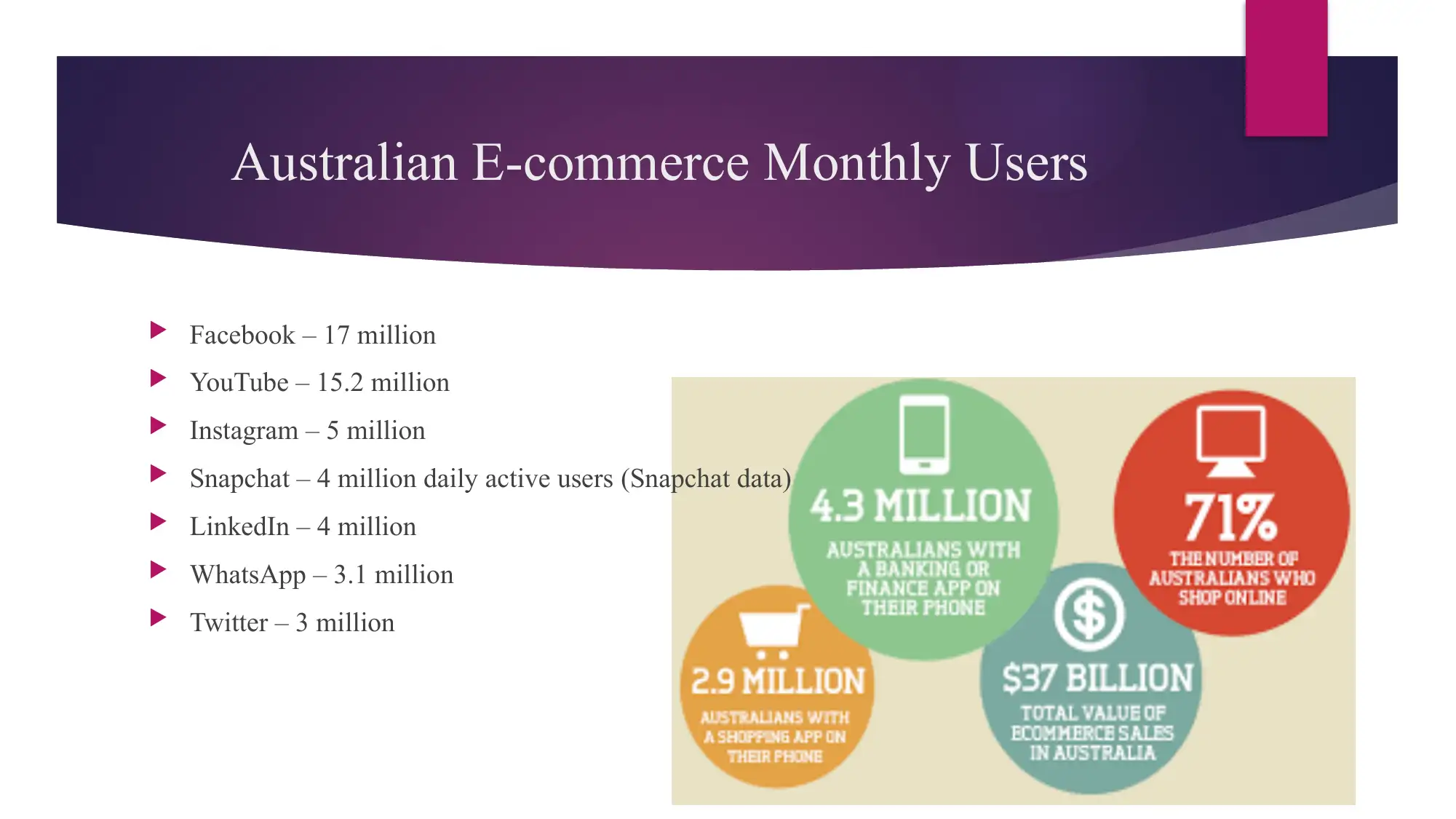
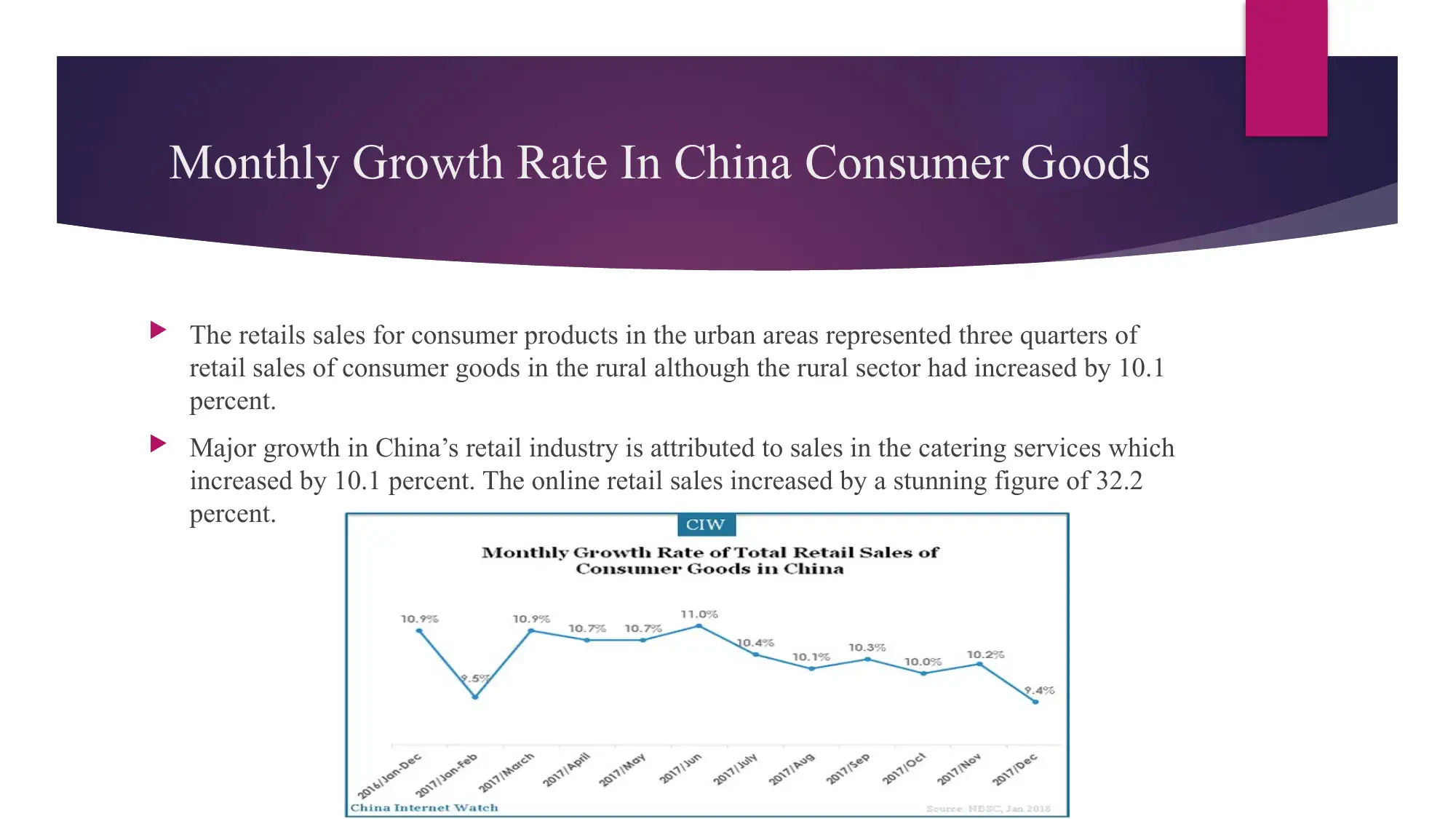
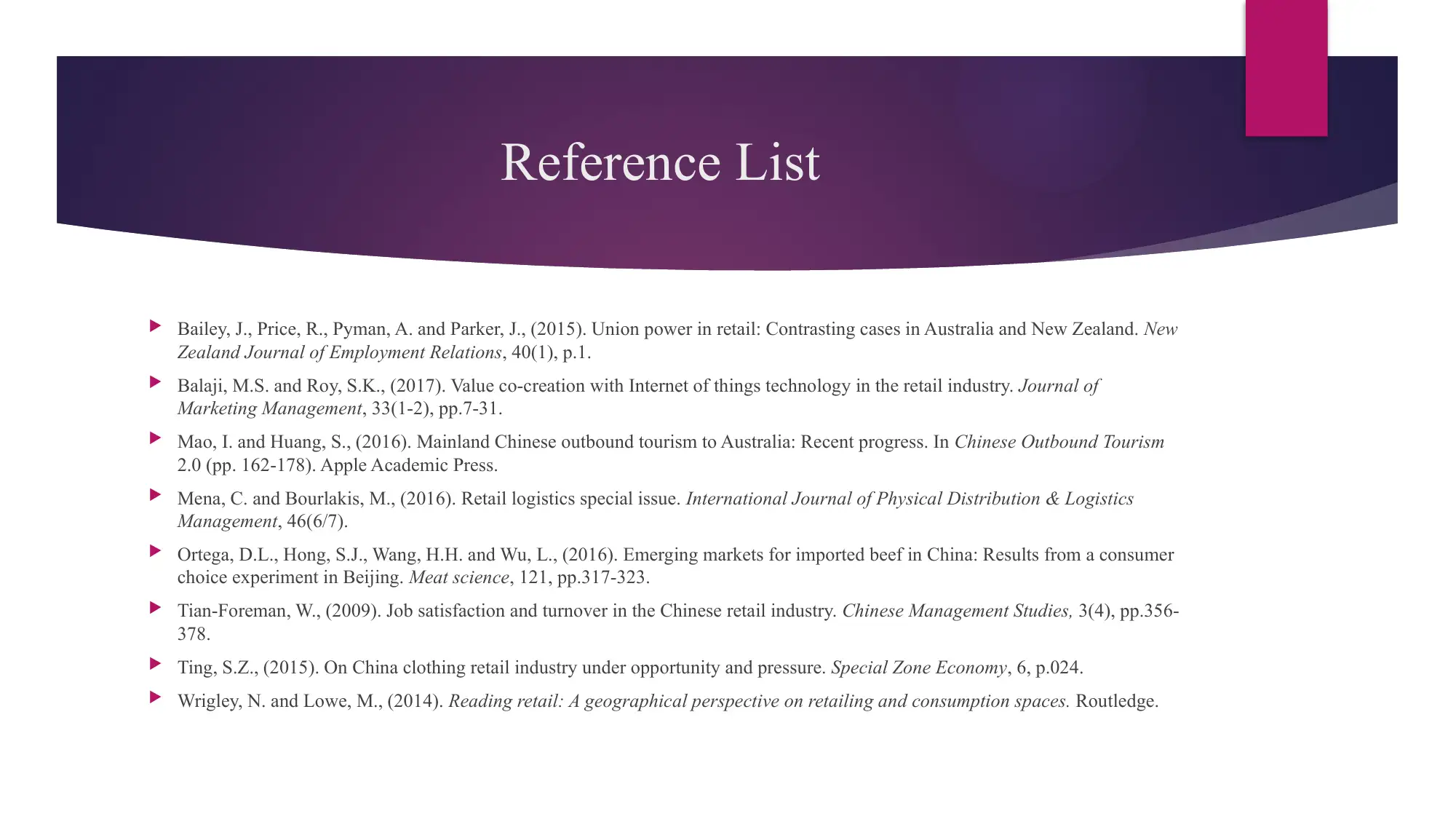

![[object Object]](/_next/static/media/star-bottom.7253800d.svg)